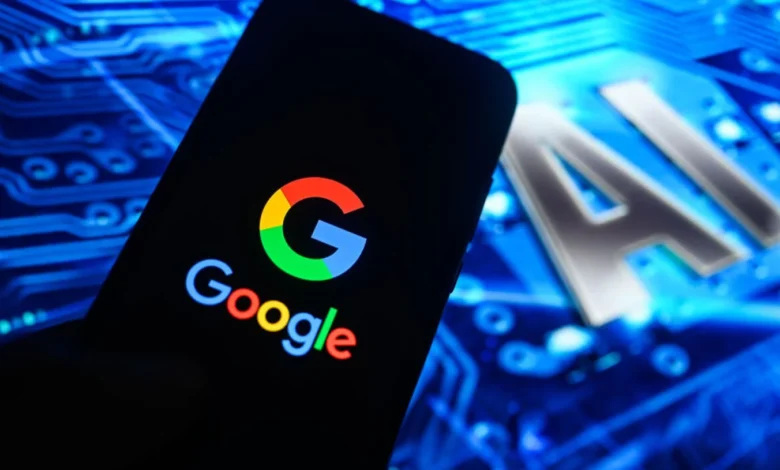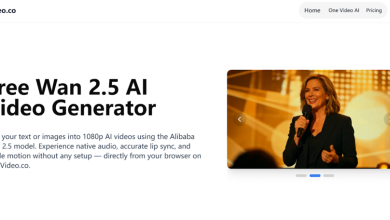
It’s here. Google’s AI Mode expanded into 180 countries (just bear in mind that it’s only in the English language, so far).
AI has been part of Google search for a while now, as it offers AI summaries of the highest-ranking search results. The biggest change is that it now includes agentic AI, which allows it to automate tasks and proactively perceive its environment, make decisions, plan, and execute tasks.
This is a giant leap from the previous, more basic form of AI Google search because it’s more independent and autonomous. Search tools can now make restaurant tables and flight bookings.
This article explores how these changes shift the experience for everyday users, how the new mode works, and how it expands beyond individual use cases, and how it relates to employee management.
What Agentic AI Means for Everyday Users
Agentic AI is the next evolution in AI technology because it doesn’t need prompts to tell it how to behave. It is autonomous and independent, so it can carry out tasks without being told to do so. Now, this technology is part of Google search. This addition changes everything and empowers users in completely new ways.
Agentic AI in Google AI mode allows users to:
- Making reservations: Agentic AI streamlines booking processes, instantly securing restaurant tables or services with minimal user input.
- Generating personalized recommendations: It analyzes preferences and behaviors to deliver customized suggestions, enhancing relevance and everyday user satisfaction.
- Sharing AI-driven conversation links: Users can easily share contextual AI outputs, improving collaboration and communication in real time.
- Proactive task execution: The system anticipates user needs, initiating helpful actions without waiting for explicit requests.
- Seamless third-party integration: Agentic AI connects with external services, enabling unified task management across multiple digital platforms.
This new technology sounds great, but what are the benefits to users? They save time, receive more powerful and accurate personalization, and have to do fewer repetitive tasks.
Behind the Scenes: How Google’s AI Mode Works
It’s useful to know exactly how Google’s AI Mode works so you can optimize how you use it as a customer or respond to it from an SEO perspective to rank.
Google AI Mode integrates advanced search algorithms with AI models, which it uses to analyze user behavior while applying strict data privacy safeguards. It uses this process to deliver proactive, personalized results and actions that enhance convenience, security, and everyday digital interactions.
Personalization is a large part of the way this technology works: It uses past search history to offer users personalized recommendations for anything they could desire, using up-to-date and high-ranking stores, brands, and companies.
And it’s changing all the time because testing in Google Labs gathers user feedback, enabling iterative improvements, refining personalization, accuracy, and overall user experience. It will be exciting to see what Google AI Mode looks like in six months’ time due to the fast progress of AI technologies.
Expanding Beyond Individual Use Cases
There are also many uses beyond the individual, home users of Google AI Mode. It also works well in many professional and organizational environments due to its scalability and autonomy.
The main ways Google AI Mode will work in organizational settings include:
- Content management: Google AI Mode organizes, tags, and retrieves digital assets, streamlining enterprise workflows and boosting productivity.
- Travel planning: It automates itinerary creation, reservations, and updates, simplifying complex business travel arrangements for employees.
- Scheduling workflows: The system anticipates needs, coordinates calendars, and automates adjustments, enhancing efficiency in enterprise scheduling processes.
The best thing is that it also integrates with many different tools, as Google is universally accepted by many vendors.
AI in Employee Management
Every CEO in every enterprise right now knows that AI tools are best suited for boosting efficiency, productivity, and output.
AI employee scheduling is one of the best examples of this because it uses AI to automate shift planning, predict the needs of staff for time off, and hugely narrow the margin for human error.
These tools offer several benefits over manual planning, such as optimized schedules, higher employee satisfaction, and time savings for HR.
Conclusion
Google’s AI Mode has landed across 180 countries in the English language, and its agentic capabilities will change how users search, book services, and buy products.
Its proactive AI enhances the level of personal convenience and workplace efficiency, making it applicable in any setting. It can recommend items to users and automate many organizational tasks without needing input from human staff.
This service is part of a focus on AI-driven automation, which is happening in workplaces and can be seen in AI employee scheduling and time tracking, amongst other applications. Jump on board with Google’s AI Mode today to reap the benefits early and optimize everything that Google has to offer with its AI technology.





